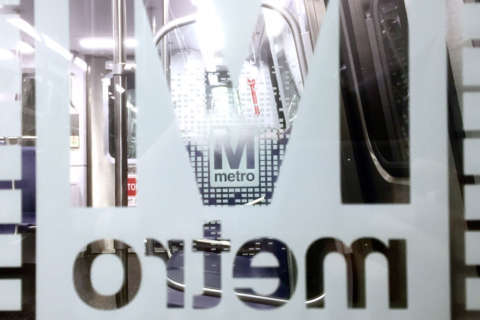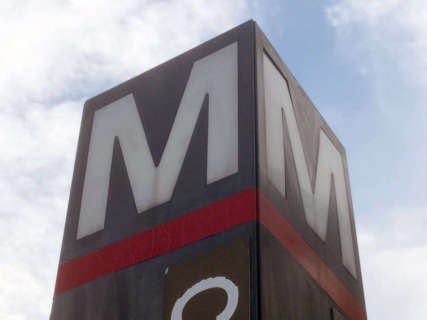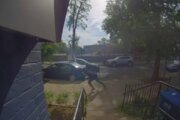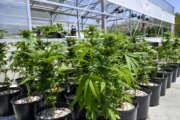WASHINGTON — Metro ridership is down in Northern Virginia, even compared with a period a year ago that had major track work disruptions.
The number of entries and exits at Virginia stations in January, February and March dropped 1.8 percent compared with the same timeframe a year ago, when part of the Blue Line was shut down for two weeks and then the Blue and Yellow lines were single-tracking for nearly a month.
Even with the decline, Virginia recorded an average of about 6.5 million Metrorail trips per month this winter, according to data provided by the Northern Virginia Transportation Commission, with a slight increase in March compared with the previous year.
Compared with figures before 24/7 track work began, however, the decline remains steep.
Rail trips were down 15 percent in March of this year compared with March 2016, with a 12 percent drop on weekdays, a 28 percent drop on Saturdays and an 18 percent drop on Sundays as Metro has focused on weekend track work.
Metrobus ridership in Virginia is down 14 percent this year, for a total drop of 21 percent compared with 2016. On weekdays, the decline is 11 percent from 2017, and 16 percent total from 2016.
MetroAccess trips also ticked down slightly in Northern Virginia again this year, by 2 percent compared with 2017, for a total drop of 4 percent compared with 2016.
Next week, the Metro Board is due to learn how the ridership decline is affecting the budget for the year that ends June 30. For the last several years, Metro has cut costs each year as ridership dropped below projections.
Metro recently expanded parking fees to include a $2 charge on Saturdays at most garages. A recommendation to make that permanent could come this summer.
Other Northern Virginia transit ridership ticks down too
Overall, Northern Virginia transit trips, including Metro, dropped 4 percent in the first three months of this year compared with the same time a year earlier.
Many of the other local transit agencies had added service to make up for Metro’s single-tracking and shutdowns last year, which increased their ridership then.
Virginia Railway Express average daily ridership jumped last year on the Fredericksburg Line, and remains above a three-year rolling average. It dropped slightly in the first three months of this year compared with last, however.
Individual Metro stations see mixed results
Use of the new Silver Line stations in Tysons Corner and Wiehle–Reston East increased 2.6 percent in January, February and March compared with a year earlier, but Orange Line stations saw ridership declines.
On the Silver Line, Greensboro and Tysons Corner had the biggest jumps in ridership — 9.5 percent and 6.1 percent, respectively. Only Spring Hill had fewer trips than a year earlier.
On the Orange Line, the number of trips to and from Vienna and West Falls Church dropped more than 2 percent. Entries and exits at shared Orange and Silver Line stations between East Falls Church and Rosslyn dropped 4 percent, with increases only at Clarendon and Virginia Square.
With no round-the-clock track work this winter, ridership increased at stations served only by the Blue or Yellow lines and decreased at stations shared by the two lines that many riders used as alternatives during the work zones.
The next weeks-long shutdown is scheduled to be on the Red Line from July 21 through Sept. 3. Rhode Island Avenue and Brookland Stations will be closed.
During part of that shutdown, the Blue, Orange and Silver Lines will also see major service cuts Aug. 11-26, with round-the-clock single-tracking near McPherson Square.






